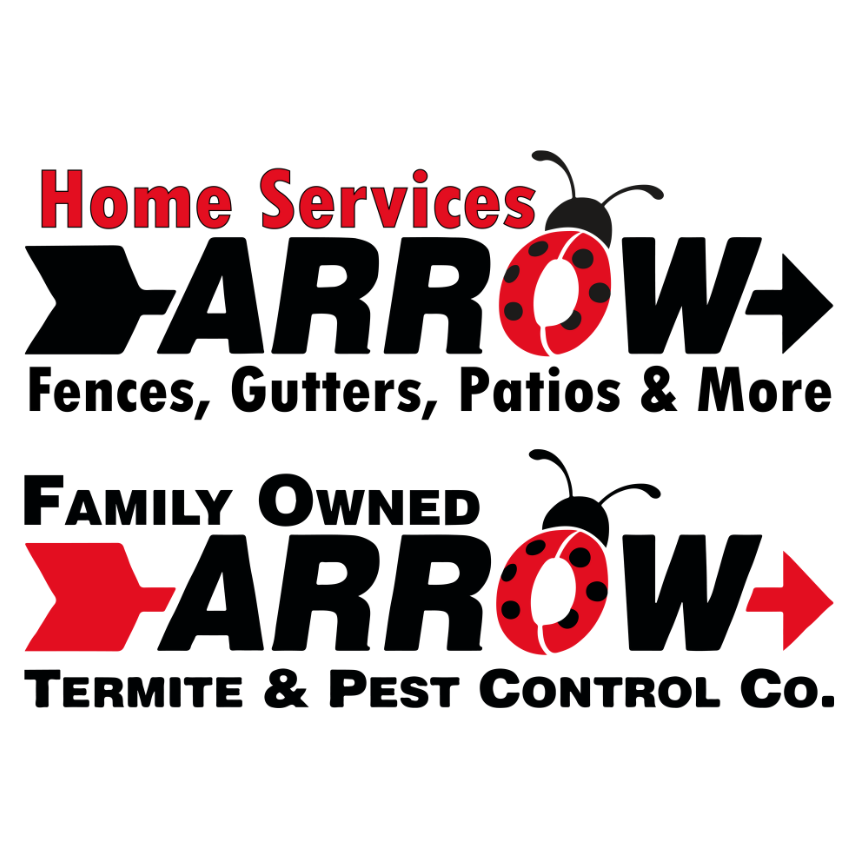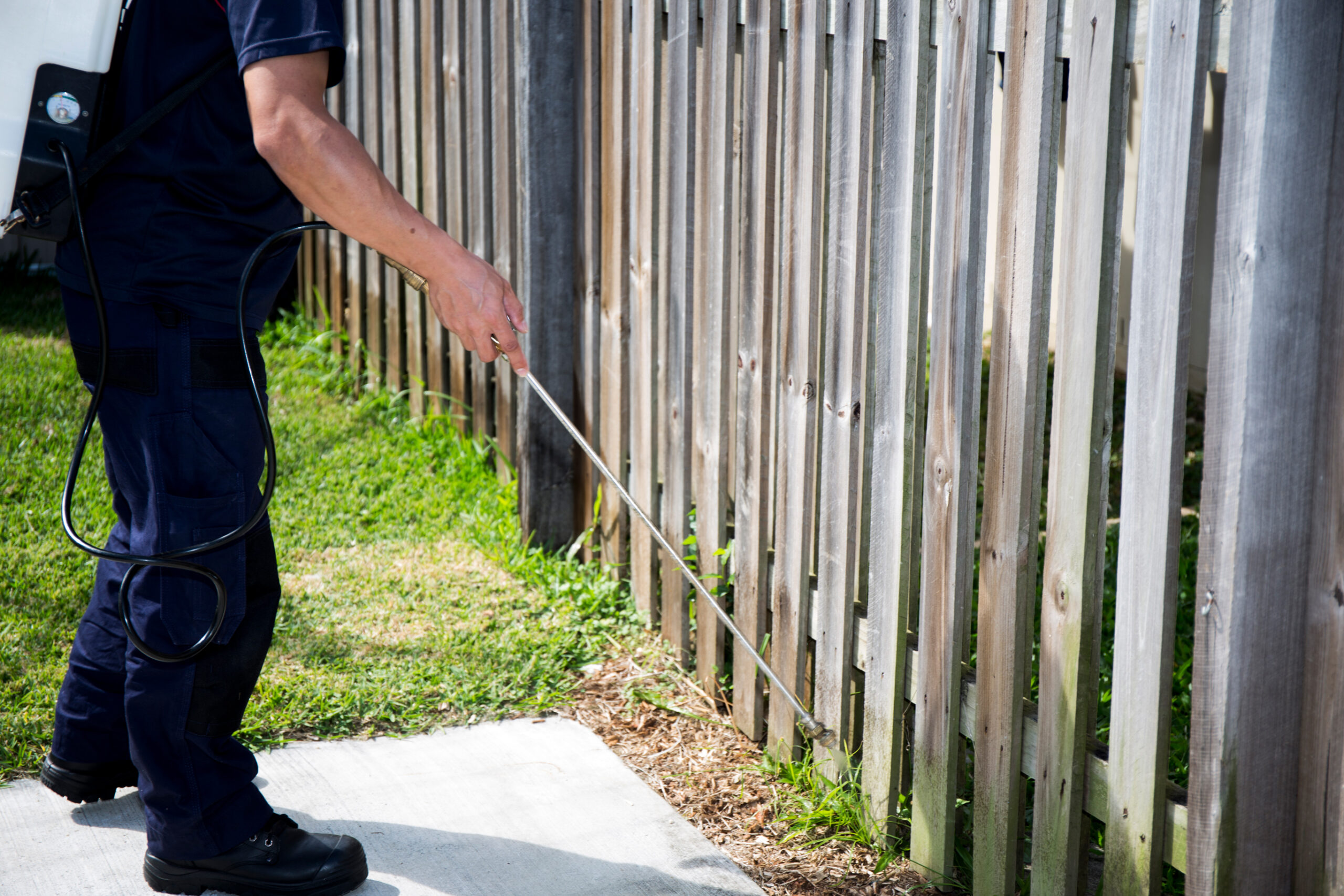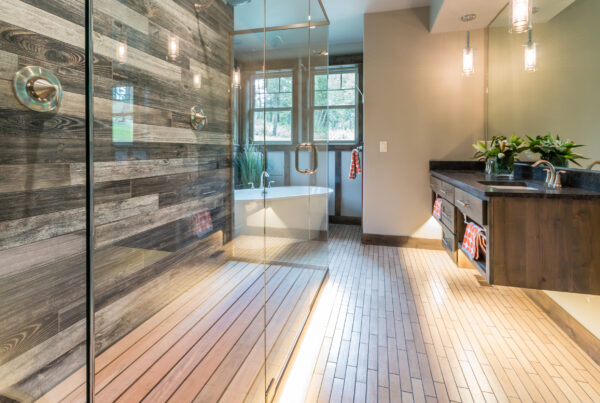Brought to you by HBA Gold Industry Partner, Arrow Termite and Pest Control
It’s nearly summer down south! Which means it’s time to break out the swimming trunks and gardening gloves. Unfortunately, the warm, humid weather may attract some uninvited guests – specifically termites. However, you don’t have to let these pests ruin your summer fun. Here are a few expert home tips for preventing termites!
1. Know the common types of Termites
Not all termites are the same. Understanding the difference between these termites better prepares you for preventing them. The three most common types of termites include:
Dampwood
As the name suggests, dampwood termites thrive off water-logged, decaying wood. They use wood for both food and shelter, creating tunnels to get around. The insect needs highly moist conditions to survive, therefore they are least likely to be found inside your home.
Drywood
On the other side of the spectrum are drywood termites. The insects both live in and eat dry wood material. These species can be harder to detect as they don’t create tunnels or demand high moisture levels.
Subterranean
Unlike the last two species, subterranean termites do not live in their food sources. However, they are the most common types of termites. Subterranean termites live in underground colonies that tunnel their way to and from food sources.
2. Understand what attracts Termites
The three main ingredients for a termite infestation are wood, water, and soil. You can cut termites off at the source by limiting these elements. Below, we discuss how termites interact with these materials:
Wood
The average diet of a termite consists primarily of cellulose. Since wood is rich in cellulose, it’s a usual target for termite colonies. That said, wood isn’t the only meal for termites. The insects also feast on cellulose-based material like paper, cardboard, and plant debris.
Water
Like all creatures, termites need water to survive. Dampwood and subterranean termites need high levels of moisture to survive. Keep an eye out for standing water near your foundation. Leaking pipes, vents, and air conditioners are also prime spots for colonies to subside.
Soil
Dirt, soil, and sod can act as an entryway for termites. Termites typically take shelter in the darkness of soil to avoid predators. Subterranean termites, for instance, establish their colonies in the soil.
3. Look for signs of Termites
Termites spend most of their time hidden away in soil or wood. However, there are warning signs to look for when searching for termites. Some common red flags to watch out for include the following:
Shelter Tubes
Shelter tubes are brown, pencil-width tunnels created by termites to pass through soil and wood. Termites create these tubes with debris from burrowing and cement them with saliva and fecal matter. You can find these tubes in foundations, sills, piers, and joists.
Damaged Wood
Cracked or decaying wood lined with soil is a tell-tale sign of termites. As mentioned earlier, termites leave behind shelter tubes made of soil and wood particles. If your wood feels soft or hollow, there’s a chance the insects have made their way through. If there are no exterior signs, probe the wood with a screwdriver for signs of decay.
Winged “Swarmer” Termites
Check your windowsill for flying “swarmer” termites. Even if there are no apparent signs of burrowing, this signals that colonies may be forming near your home. Though swarmer termites look like flying ants, you can see the difference in their wings. Flying termites have two sets of equal-sized wings, while ants have larger wings in the front and a smaller set in the back.
4. Consider Pest Control
There are simple preventative measures you can take to keep termites from damaging your home. However, accessways are often hidden, and signs are unlikely to be found before damage occurs. Pest control experts know where to look and which measures effectively eliminate termites. Additionally, they continuously monitor your property, preventing potential infestations.
Talk to an Expert!
Here at the Home Builders Association of Greater Baton Rouge, we are fortunate to work with trusted partners who are experts in their fields. If you want peace of mind regarding pests, we recommend working with one of our partners, Arrow Termite & Pest Control. Their experts use cutting-edge methods to keep your property pest-free. Contact them today to learn more.

GET MORE DETAILS













